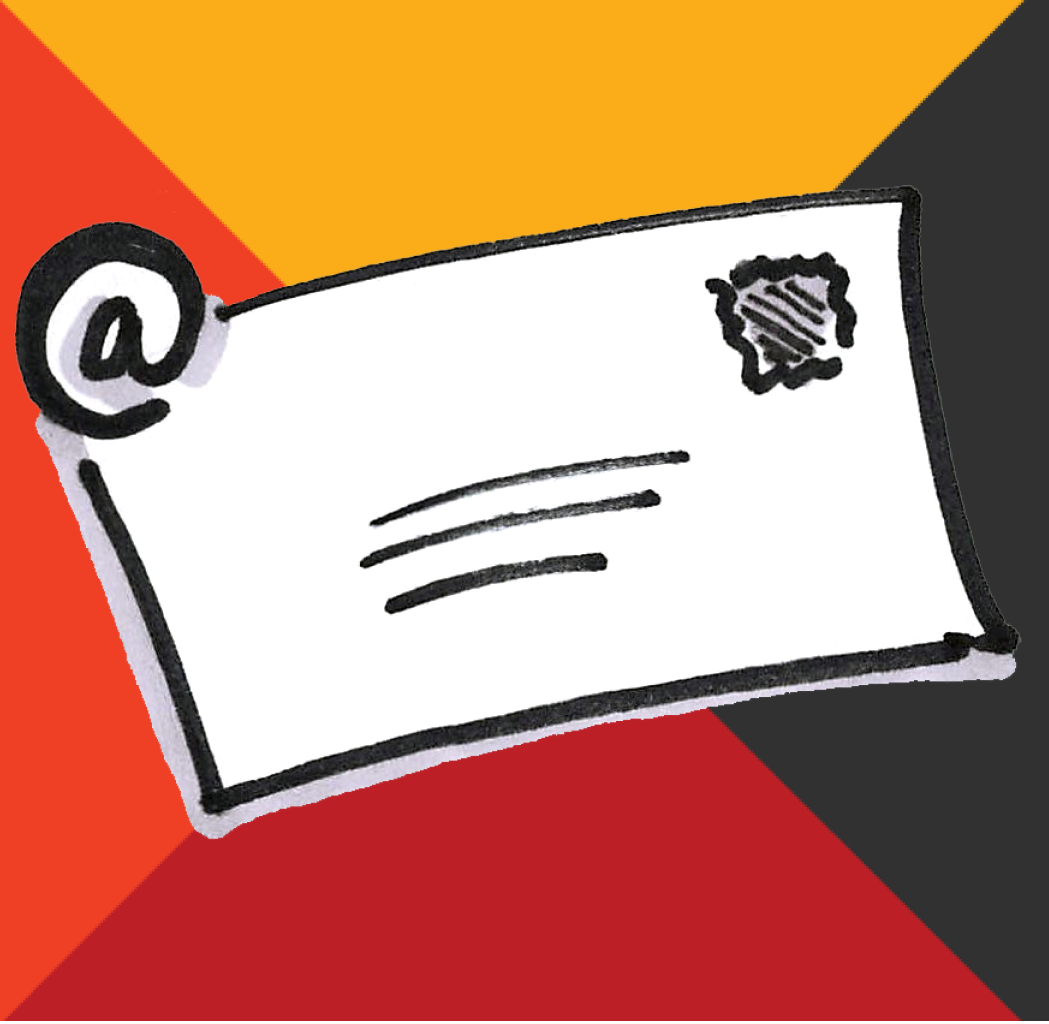Generative Research- What features should we build? What’s the feature set for our MVP? There are a lot of questions we need to answer before we write a single line of code.
This isn’t about testing a hypothesis, this is about generating ideas. I’ve mentioned the difference between Generative Research and Evaluative Testing in lean startup before.
If we know our goal is to generate ideas, there a variety of methods you can use in the Real Startup Book. One of my favorite generative research techniques was told to me by Sean K. Murphy and covered in his post on pretotyping: Picnic in the Graveyard
If you’d like to download the whole thing, you can do so here:
Not a Genius
To start with the Picnic, we have to stop thinking of ourselves as geniuses. If we have the hubris to think our idea is new, unique, and brilliant, we might be right. But just remember Isaac Newton.

Isaac was a genius. Among other great ideas like the Theory of Gravity he invented calculus.
He’s not the only one.

Calculus was also independently invented by Gottfried Wilhelm von Leibniz. Another very smart guy.
If even two geniuses couldn’t come up with a unique idea, can we believe that out of the billions of people on this planet, we’re the only ones who thought of our startup concept?
We can search for the last ten startups to try our idea. We can learn from them.
The Picnic (Generative Research)

Sean K. Murphy describes it simply:
Do research on what’s been tried and failed. Many near misses have two out of three values in a feature set combination correct (some just have too many features and it’s less a matter of changing features than deleting a few). If you are going to introduce something that’s “been tried before” be clear in your own mind of what’s different about it and why it will make a difference to your customer.
All we need to do for this lean startup research technique is to find those who have gone before us. We can:
- Explore the products – If they are still on-line, we can look at their features to see if there are any patterns.
- Talk to the customers – What did they like? What did they not?
- Call the founders – Many are very friendly – They may have tips about what worked and what didn’t!
Note: If you’re looking for some guidance on how to design lean experiments, download our Learn SMART Experiment Template.
Rules of Thumb
- Our idea is not unique
- Get help from other founders when you can
If you’re interested in reading the entire Real Book, you can download it here:
Make better product and business decisions with actionable data
Gain confidence that you're running the right kind of tests in a five-week series of live sessions and online exercises with our Running Better Experiments program. Refine your experiment process to reduce bias, uncover actionable results, and define clear next steps.
Reserve a seat



